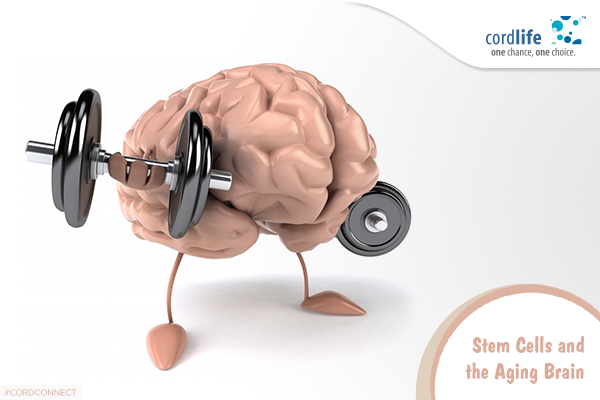Table of Contents
Ageing is a part and parcel of life, but as our body ages, our brains age too. Just like an ageing body can be riddled with diseases and illnesses like arthritis, cataracts, cardiovascular disease and osteoporosis, an ageing brain too can be afflicted with sickness. The age-associated diseases that affect the brain are often clustered under the umbrella term of ‘neurodegeneration’. Diseases like Huntington’s, Alzheimer’s and Parkinson’s are some of the better-known disorders that fall under this terminology.
Let us first understand what the term ‘neurodegeneration’ actually encompasses. The Oxford Dictionary defines neurodegeneration as the “Degeneration of the nervous system, especially of neurones in the brain”. According to the EU Joint Programme – Neurodegenerative Disease Research (JPND), the nervous system of the human body comprises of neurones. In case they suffer damage, they do not possess the ability to repair, replace or reproduce themselves. This inability results in neurodegenerative diseases.
Previously, neurodegenerative diseases were believed to be incurable. However, with the gigantic steps towards advancement that medical science has taken in the recent years, scientists have been able to devise procedures that help in assisting individuals suffering from neurodegenerative disease. Stem cell therapy is among these advanced procedures that have recently shown positive results.
Stem cells are mother or master cells that have the ability to differentiate into other types of specialized cells through the process of mitosis. They can repair internal tissue damage by developing into a cell with a specialized function like a blood cell or brain cell. They also possess the ability to renew themselves.
Utilizing stem cells to treat medical disorders and diseases is known as stem cell therapy. Transplantation of stem cells is the most common procedure used in stem cell therapy. In cases of brain degeneration, stem cells are transplanted into the patient. These stem cells then become progenitor cells that work within the brain to maintain the neurone functions. Research has been conducted on animal models for diseases like Amyotrophic lateral sclerosis, Parkinson’s, and multiple sclerosis, which have provided optimistic outcomes.
In a symposium organized by EuroStemCell, Magdalena Götz, Ph.D., Helmholtz Zentrum München, spoke about the radial glial cells which are present in the neural stem cells and described them as “they look like glia, they smell like glia but they are actually the neural stem cells.” She further explained the development of brain cells and the possibility of guiding neural stem cells to locate and repair the injury site inside the brain, while also regenerating neurones.
Stem cell research is the future of neurology. With several clinical studies being conducted year after year, the use of stem cell therapy in treating neurological disorders is constantly expanding. In India, the guidelines established by the Indian Council for Medical Research (ICMR) for conducting clinical studies have been revolutionized leading to extensive research being done in the field of stem cell therapy.
